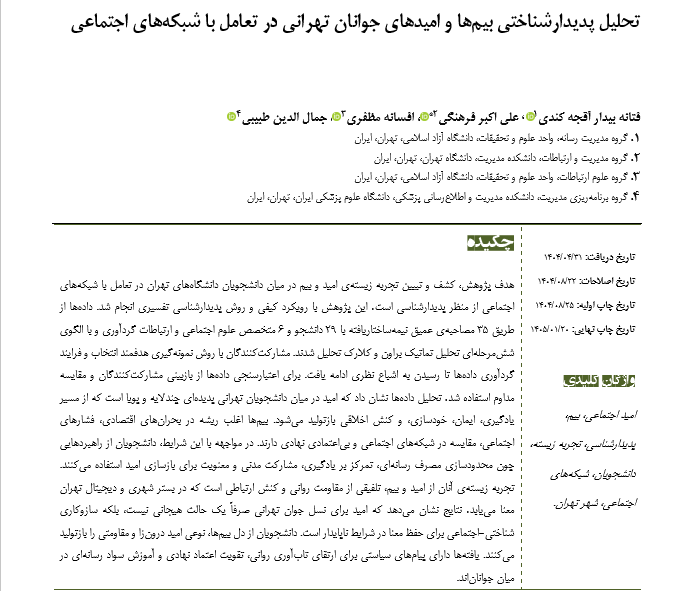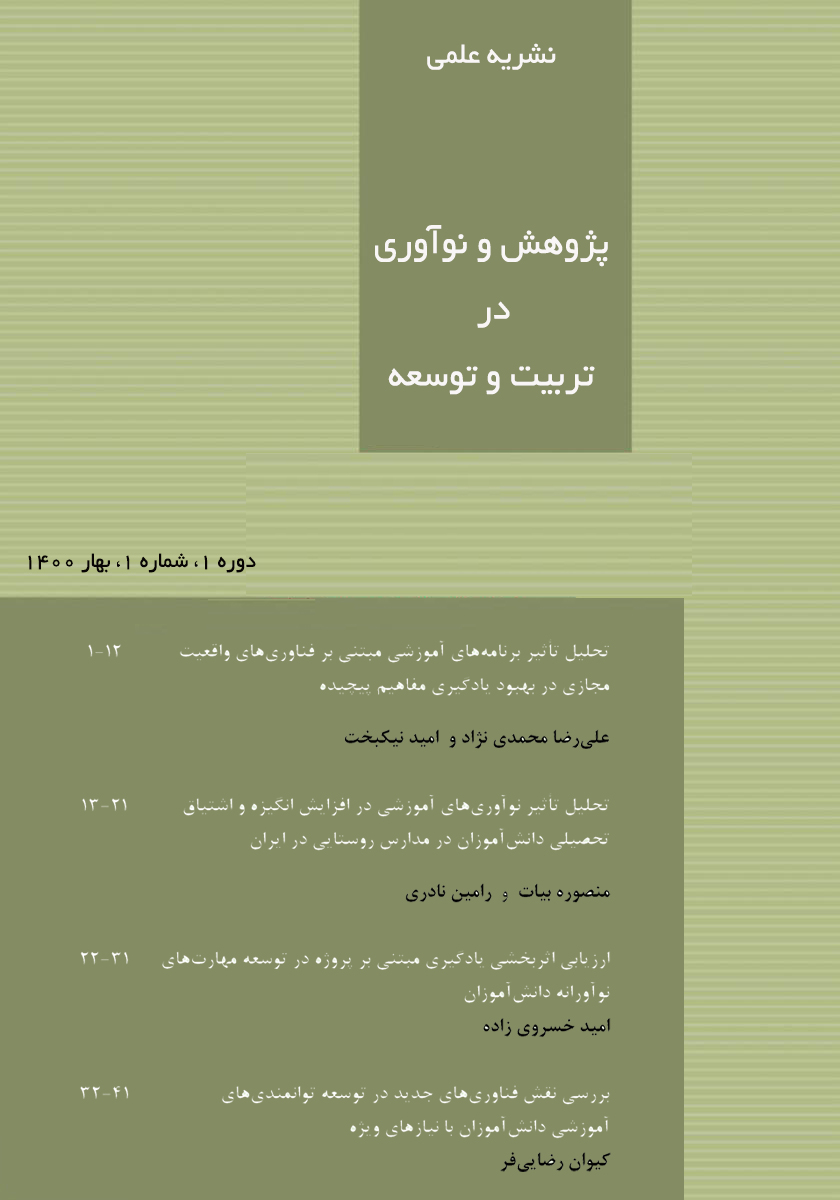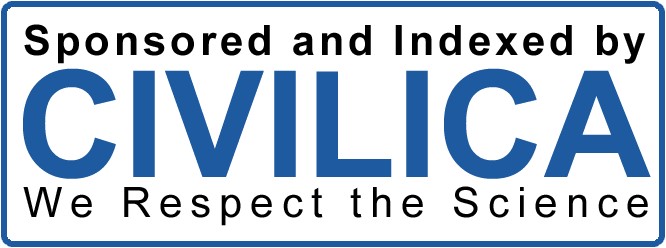تحلیل پدیدارشناختی بیمها و امیدهای جوانان تهرانی در تعامل با شبکههای اجتماعی
کلمات کلیدی:
امید اجتماعی, بیمها, تحلیل پدیدارشناختی, تجربه زیسته, دانشجویان, شهر تهرانچکیده
هدف پژوهش، کشف و تبیین تجربه زیستهی امید و بیم در میان دانشجویان دانشگاههای تهران در تعامل با شبکههای اجتماعی از منظر پدیدارشناسی است. این پژوهش با رویکرد کیفی و روش پدیدارشناسی تفسیری انجام شد. دادهها از طریق ۳۵ مصاحبهی عمیق نیمهساختاریافته با ۲۹ دانشجو و ۶ متخصص علوم اجتماعی و ارتباطات گردآوری و با الگوی ششمرحلهای تحلیل تماتیک براون و کلارک تحلیل شدند. مشارکتکنندگان با روش نمونهگیری هدفمند انتخاب و فرایند گردآوری دادهها تا رسیدن به اشباع نظری ادامه یافت. برای اعتبارسنجی دادهها از بازبینی مشارکتکنندگان و مقایسه مداوم استفاده شد. تحلیل دادهها نشان داد که امید در میان دانشجویان تهرانی پدیدهای چندلایه و پویا است که از مسیر یادگیری، ایمان، خودسازی، و کنش اخلاقی بازتولید میشود. بیمها اغلب ریشه در بحرانهای اقتصادی، فشارهای اجتماعی، مقایسه در شبکههای اجتماعی و بیاعتمادی نهادی دارند. در مواجهه با این شرایط، دانشجویان از راهبردهایی چون محدودسازی مصرف رسانهای، تمرکز بر یادگیری، مشارکت مدنی و معنویت برای بازسازی امید استفاده میکنند. تجربه زیستهی آنان از امید و بیم، تلفیقی از مقاومت روانی و کنش ارتباطی است که در بستر شهری و دیجیتال تهران معنا مییابد. نتایج نشان میدهد که امید برای نسل جوان تهرانی صرفاً یک حالت هیجانی نیست، بلکه سازوکاری شناختی-اجتماعی برای حفظ معنا در شرایط ناپایدار است. دانشجویان از دل بیمها، نوعی امید درونزا و مقاومتی را بازتولید میکنند. یافتهها دارای پیامهای سیاستی برای ارتقای تابآوری روانی، تقویت اعتماد نهادی و آموزش سواد رسانهای در میان جواناناند.
دانلودها
مراجع
Schneider SL. The science of hope: An insight into the biology, psychology, and philosophy of hope: Springer; 2011.
Afrasiabi H, Khoubyari F, Ghoodrati Se, Dashtizad S. Social Factors Related to Youth Hope for the Future (A Study of Students at Universities in Yazd City). Strategic Studies of Sport and Youth. 2016;15(31):75-88.
Ellison NB, Steinfield C, Lampe C. Connection strategies in online social networks. Journal of Computer-Mediated Communication. 2011.
Vogel EA, Rose JP, Roberts LR, Eckles K. Social comparison, social media, and self-esteem. Psychology of Popular Media Culture. 2014;3(4):206-22. doi: 10.1037/ppm0000047.
Wirtz D, Tucker A, Briggs C, Schoemann AM. How and why social media affect subjective well-being. Journal of Happiness Studies. 2021;22(4):1673-91. doi: 10.1007/s10902-020-00291-z.
Shan J, Xu T. The role of hope, academic thriving, and adaptive coping in fostering peace of mind among university students: A mixed-methods study. Frontiers in Psychology. 2025;16:1510244. doi: 10.3389/fpsyg.2025.1510244.
Roberts JA, David ME. The Social Media Party: Fear of Missing Out (FoMO), Social Media Intensity, Connection, and Well-Being. International Journal of Human-Computer Interaction. 2019. doi: 10.1080/10447318.2019.1646517.
Steinfield C, Ellison NB, Lampe C. Social capital, self-esteem, and use of online social network sites. Journal of Applied Developmental Psychology. 2008. doi: 10.1016/j.appdev.2008.07.002.
Valenzuela S, Park N, Kee KF. Is there social capital in a social network site? Journal of Computer-Mediated Communication. 2009.
Zhao S, Grasmuck S, Martin J. Identity construction on social networking sites. Computers in Human Behavior. 2008.
Parsamehr M, Emamalizadeh H. The Status and Trend of Hope in Iranian Society Based on National Survey Data. Iranian Journal of Sociology. 2022;23(3):3-28.
Mashayekhi M, Jafariniya G, Pasalvarzadeh H. Investigating the Relationship Between Trust in Governance Quality and Social Hope among Youth in Bushehr City. Iranian Political Sociology Monthly. 2022;5(12):2273-94.
Safari Shali R, Tavafi P. Investigating the Level of Hope for the Future and its Effective Factors among Tehran Citizens. Welfare Planning and Social Development. 2018;9(35):117-57.
Mardanifar F, Zahirinia M, Rastgar Y. Social Capital and Hope for the Future among Students (A Study of Universities in Bandar Abbas City). Journal of Social Capital Management. 2019;6(1):85-104.
Chegeni M, Shahrbabaki PM, Shahrbabaki ME, Nakhaee N, Haghdoost A. Why people are becoming addicted to social media: A qualitative study. Journal of Education and Health Promotion. 2021;10(1):175. doi: 10.4103/jehp.jehp_1109_20.
Chegeni M, et al. Prevalence and motives of social media use among the Iranian population. Journal of Environmental and Public Health. 2022;2022(1):1490227. doi: 10.1155/2022/1490227.
Kamalikhah T, et al. The impacts of excessive use of social media on Iranian adolescents' health. Middle East Journal of Rehabilitation and Health Studies. 2021;8(4). doi: 10.5812/mejrh.109561.
Bandura A. Self-efficacy: The exercise of control: Freeman; 2008.
Bandura A. Exercise of personal agency through the self-efficacy mechanism. Self-efficacy: Taylor & Francis; 2014. p. 3-38.
Putnam RD. Bowling alone: The collapse and revival of American community: Simon & Schuster; 2000.
Husserl E. Phenomenology and the foundations of the sciences: Springer Science & Business Media; 2001.
McQuail D. Mass communication theory: An introduction: Sage Publications, Inc.; 1987.
Taheri Damneh M, Kazemi M. A Futures Studies Reading of the Problematics of Social Hope in Iran. Strategic Social Issues Research. 2020;9(3):49-80.
Goldman A. Social Epistemology. Translator: Mahdi Ra'nani, First Edition ed2016.

دانلود
چاپ شده
ارسال
بازنگری
پذیرش
شماره
نوع مقاله
مجوز
حق نشر 2025 Fataneh Bidar Aghjehkandi (Author); Ali Akbar Farhangi (Corresponding author); Afsaneh Mozaffari, Jamaluddin Tabibi (Author)

این پروژه تحت مجوز بین المللی Creative Commons Attribution-NonCommercial 4.0 می باشد.










